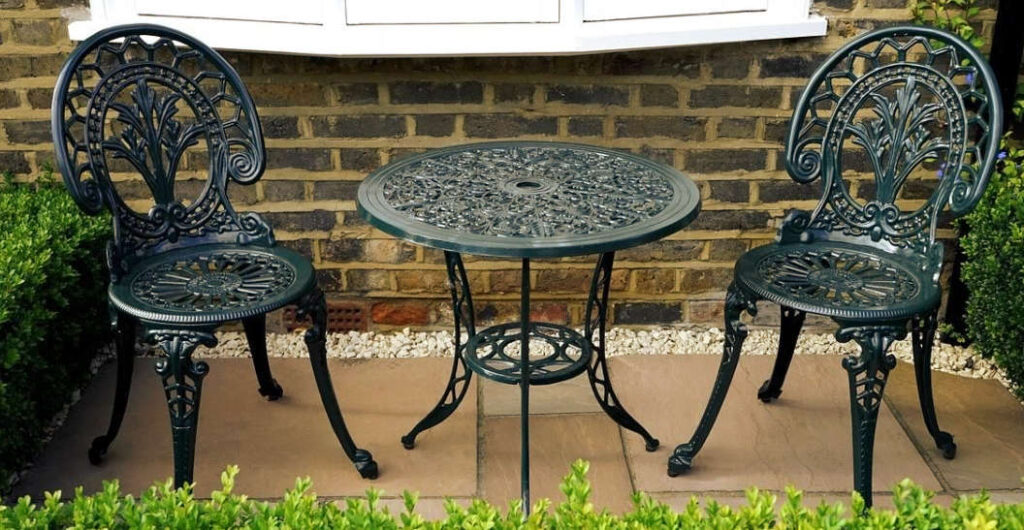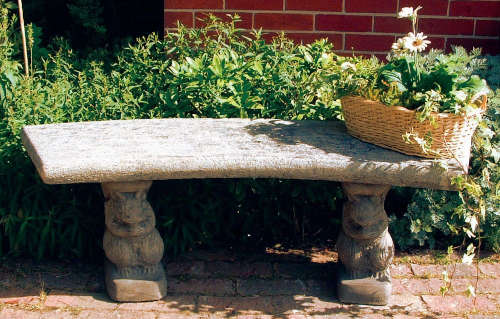Alright, let’s be honest, garden furniture is supposed to last, right?
But if you’ve ever owned any, you probably know that’s not always the case. I’ve tried wood, plastic, metal, and even considered concrete, and let me tell you, finding something that doesn’t look like it’s been through a war after a few winters is a challenge.
So, after years of experimenting (and some regrettable purchases), here’s what I’ve learned about the real durability of outdoor furniture in the UK’s unpredictable weather.
The Wooden Dream (That Turns into a Nightmare)
Wooden garden furniture looks amazing when you first get it. There’s something about a solid oak or acacia bench that just screams quality. But here’s the kicker, if you don’t take care of it religiously, it’ll start looking like it was abandoned in a haunted forest.
I had a gorgeous wooden table and chairs set that, after just two winters, went from “rustic charm” to “Should I just throw this in the bonfire?”
By year five, it was literally rotting in places. The trick?
Regular maintenance. Oil it, sand it, treat it, and for the love of all things green, cover it in winter. If you’re up for the upkeep, wood can last 10+ years easily, and good-quality oak or acacia can go 50 years or more if treated properly.
Plastic: The Cheap and Cheerful Disappointment

Plastic furniture is tempting. It’s light, affordable, and technically, it doesn’t rot. But guess what? After five years, mine looked absolutely tragic.
The once-bright surface had been bleached by the sun, making it look like I had dragged it out of a junkyard. And weirdly enough, the plastic arms started irritating my skin. Maybe microplastics? Who knows.
If you go for plastic, don’t expect it to last much longer than 5-6 years. It’s fine for short-term use, but if you want longevity, look elsewhere.
Metal: The Surprising Underdog

Aluminium furniture was a game-changer for me. I’ve had a low-budget aluminium table and chairs sitting outside for 18 years, and it’s still standing strong.
Sure, it could use a repaint, but that’s a small price to pay for furniture that doesn’t crumble under UK weather.
On the other hand, cheap, thin-walled metal will rust like crazy if you leave it out. If you’re going for metal, invest in something with a solid protective coating and be ready to give it a little TLC every few years.
Concrete: The Indestructible Option?

Now, this was a curveball. I have a concrete bench that looks like stone, and honestly? It’s bulletproof. No rot, no rust, no fading!
It just sits there, unfazed by rain, snow, or sunshine. The only downside? It’s not exactly the comfiest thing to sit on. But if you’re after something truly long-lasting with zero maintenance, concrete is hard to beat.
So, What’s the Best Option?
If you’re like me and can’t store your furniture indoors, here’s the real talk:
- Wood: Looks amazing but needs proper care (oiling, sanding, covering in winter). If you’re dedicated, it can last decades.
- Plastic: Cheap and cheerful, but don’t expect it to look good for long.
- Metal (Aluminium): The best balance of durability and maintenance. Just repaint it every now and then.
- Concrete: Will outlive us all, but might need cushions unless you enjoy sitting on cold, hard surfaces.
Pro Tip: Covers Are Your Best Friend
No matter what material you go for, get a cover. The UK weather will mess up anything left outside for too long. Also, raise wooden furniture off wet ground and retreat it annually with paint, varnish, or oil. Trust me, a little effort goes a long way!
So, that’s my experience with garden furniture durability, what’s yours?



